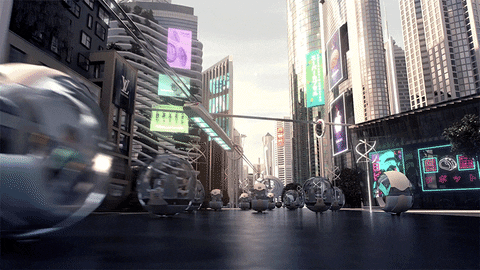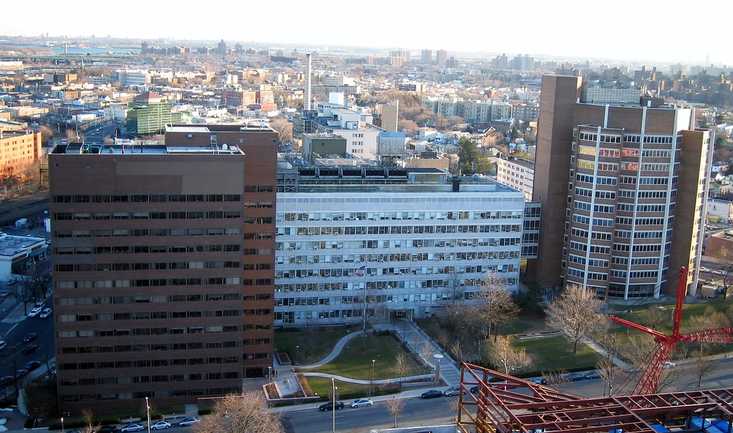Here’s How Experts Think Cities Will Look Different In The Future
A few things need to change in order to keep people interested in urban life. Giphy
Giphy
News that is entertaining to read
Subscribe for free to get more stories like this directly to your inboxIn the wake of COVID-19, there’s been a new outlook on the status of modern cities. For starters, densely populated urban centers served as an easy place for the pandemic virus to spread. Furthermore, the lockdowns and subsequent remote-work revolution meant that people didn’t necessarily need to live in the city in order to do their jobs anymore.
So are cities dying?
The short answer appears to be no … but that doesn’t mean that things are hunky-dory as is. In fact, some experts say there needs to be a host of renovations and improvements that need to take place in order to preserve the big city life for future generations.
- Housing: In the past, cities have catered to young, urban professionals who are likely to continue being attracted to these vibrant locations. But developers who created one- and two-bedroom apartments almost exclusively will need to think bigger in order to keep folks from moving to the suburbs if they decide to start a family.
- Business: While some employers are demanding that workers return to the office, remote (or at least hybrid) work is likely here to stay. This means persistent vacancies of existing office space and a need to rethink massive office buildings. As one expert told Vox: “The old central business district is over.”
- Branding: While there are a few cities that are probably big enough to weather just about any storm, smaller places will need to develop a unique reason for people — residents and tourists alike — to choose them. This could be a vibrant outdoor environment, lots of nightlife, a lower cost of living, or various other characteristics.
No matter how the cities of the future respond to these challenges, one thing is clear: They’ll need to be safe, clean, and accessible.
 Why Is The Aging Voyager 1 Probe Sending Back Incoherent Communications?
It's been speaking gibberish for a few months and officials are concerned.
Why Is The Aging Voyager 1 Probe Sending Back Incoherent Communications?
It's been speaking gibberish for a few months and officials are concerned. One Woman’s Massive Donation Is Wiping Out Tuition At This Medical School
Her inheritance came with the instruction to do "whatever you think is right."
One Woman’s Massive Donation Is Wiping Out Tuition At This Medical School
Her inheritance came with the instruction to do "whatever you think is right." Woman’s Pets Will Inherit Her Multimillion-Dollar Fortune, Not Her Kids
It's not the first time four-legged heirs were named in a will.
Woman’s Pets Will Inherit Her Multimillion-Dollar Fortune, Not Her Kids
It's not the first time four-legged heirs were named in a will.